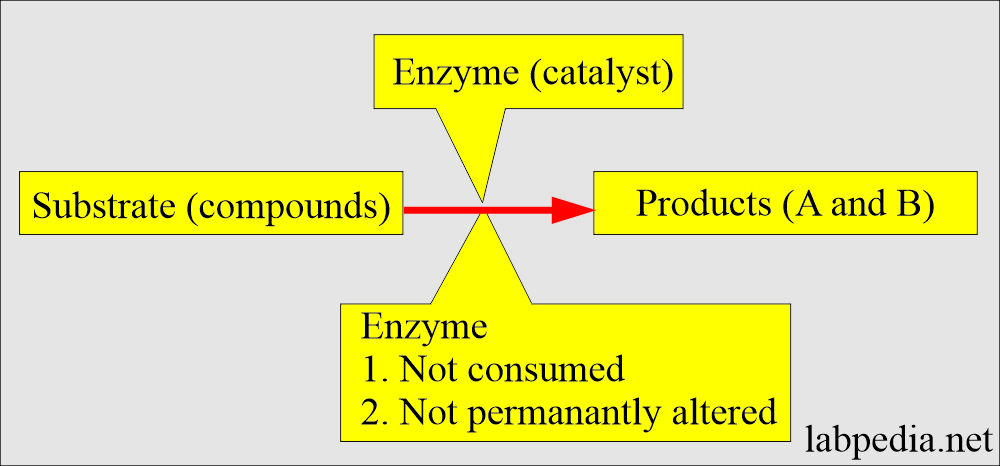α-Hydroxybutyrate Dehydrogenase (HBDH)
α-Hydroxybutyrate Dehydrogenase (HBDH)
What sample is needed for α-Hydroxybutyrate Dehydrogenase?
- This is done on the patient’s serum.
- Separate serum as soon as possible.
- Avoid hemolysis and use a clear serum.
- Plasma Is not recommended.
What are the Indications for α-Hydroxybutyrate Dehydrogenase?
- For the diagnosis of myocardial infarction.
How will you define α-Hydroxybutyrate dehydrogenase?
- α-Hydroxybutyrate Dehydrogenase is an isoenzyme of lactate dehydrogenase found in various tissues, with the highest concentration in the myocardium.
- It is a marker for acute myocardial infarction.
How will you discuss the pathophysiology of α-Hydroxybutyrate Dehydrogenase?
- The HBDH is an alternate to determine the LDH isoenzymes (LDH-1).
- HBDH indirectly measures LDH-1 of heart activity.
- HBDH is cheaper than the LDH isoenzyme assay.
- Roasalki and Wilkinson advocated the ratio of LDH/HBDH.
- In healthy individual serum, the ratio of LDH/HBDH varies from 1.2 to 1.6.
- In liver parenchymal diseases, it is 1.6 to 2.5.
- In heart disease (Myocardial infarction), when LDH-1 and LDH-2 activity is increased and HBDH is also increased, the LDH/HBDH ratio decreases to 0.8 to 1.2.
- LDH/HBDH ratio is more popular in the UK than in the USA.
- The level of HBDH is usually detected within 12 hours of the infarction.
- The peak level is seen from 48 to 72 hours.
What is normal for α-Hydroxybutyrate Dehydrogenase?
- At 25 C = 68 to 135 U/L.
- At 30 C = 82 to 163 U/L.
- At 37 C = 96 to190 U/L.
What are the causes of increased α-Hydroxybutyrate Dehydrogenase?
- Myocardial infarction. HBDH can be done to assess the damage to the heart muscles.
- It is raised in liver cell damage.
- It is raised in hepatitis.
- It is raised in cirrhosis.
- It is raised in drug-induced liver cell injury.
- It is also raised in kidney diseases.
- Muscular dystrophy.
- Megaloblastic anemia.
- Disseminated metastasis. It can be a tumor marker for lung, liver, and colorectal carcinoma.
Questions and answers:
Question 1: What is the significance of HBDH?
Question 2: What is HBDH value in cirrhosis?

